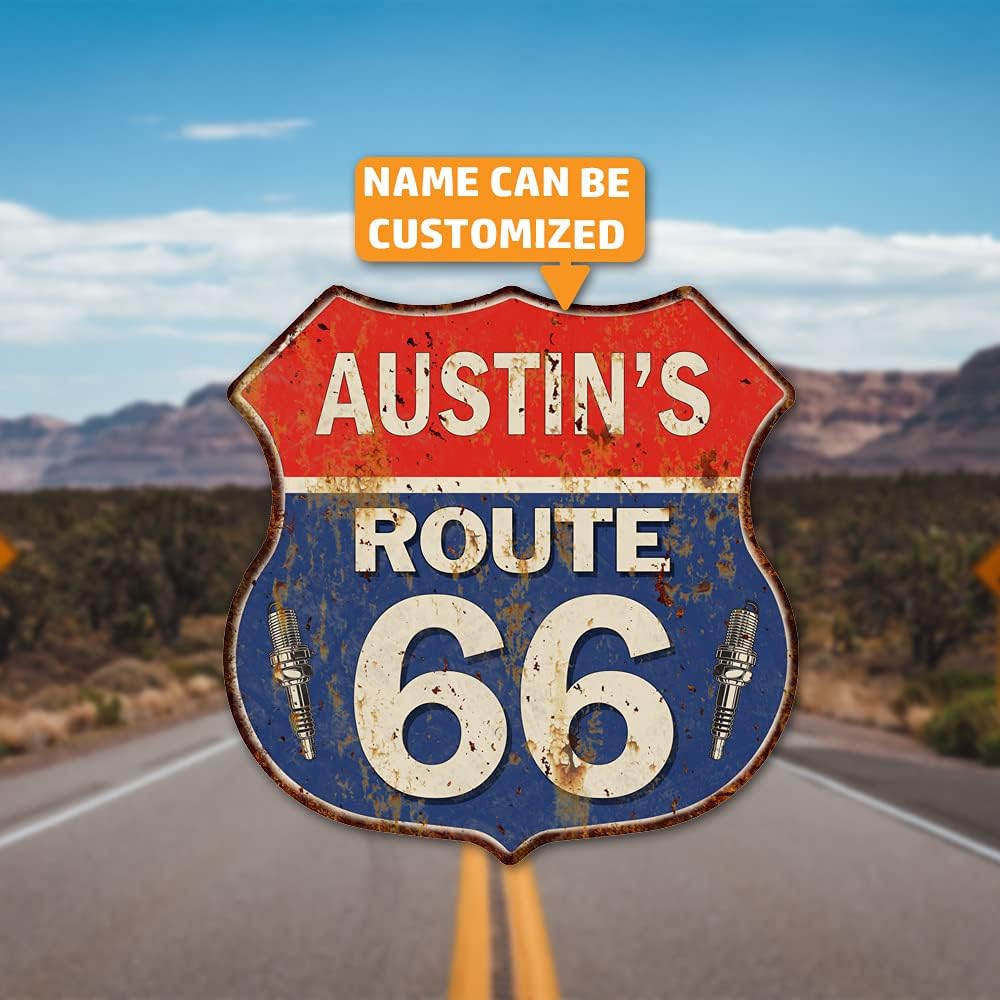
Travelers on the Mother Road often find themselves drawn to the small towns and landmarks that made Route 66 an enduring American legend. One such gem is the Standard Oil Gas Station in Odell, Illinois—a lovingly preserved roadside relic that tells the story of early 20th-century motoring, entrepreneurship, and small-town pride.
A Gas Station Built for the Open Road
Constructed in 1932, the Standard Oil Gas Station was strategically placed along the original Route 66 alignment that cut through the heart of Odell. Route 66 had only been commissioned six years earlier in 1926, and towns along its path scrambled to capitalize on the boom in automobile travel.
Local businessman Patrick O’Donnell built the station in a domestic-style cottage design, a marketing strategy adopted by Standard Oil to make their stations more appealing and approachable.
The station is of the house and canopy style and was modeled after a 1916 Standard Oil of Ohio design. Two bays were added to the side of the station in the 1940s or 50s.
With its white clapboard siding, red trim, and clean, modest architecture, the Odell station exuded hospitality—something travelers in the Dust Bowl and Great Depression era needed as much as gasoline.
Growing with the Times
In the 1940s, the station was expanded to include a canopy and an additional service bay, allowing it to better accommodate the increasing number of motorists traveling the “Main Street of America.” During its heyday, the station wasn’t just a place to refuel cars; it was a place where travelers asked for directions, fixed flat tires, and shared stories with locals.
The station sold Sold Standard Oil products for several years, but by 1940 it had switched to Phillips 66 brands and later, Sinclair.
The station remained in operation for more than 40 years, finally closing in 1975. Like many Route 66 businesses, it succumbed to the decline in traffic after the construction of Interstate 55, which bypassed much of the old highway.
Route 66 Preservation and Restoration
For years after its closure, the Odell station stood empty and weathered by time. But Route 66 fans and preservationists saw something special in the humble structure. In the 1990s, a group of volunteers and local supporters began restoring the gas station to its original mid-century glory.
The restoration project, led in part by the Illinois Route 66 Association Preservation Committee, was meticulous. Volunteers worked to replicate the station’s original colors, re-install vintage gas pumps, and furnish the office space with period-accurate details. Their dedication paid off when the station was added to the National Register of Historic Places in 1997.
A Living Museum on the Mother Road
Today, the Standard Oil Gas Station in Odell serves as a Route 66 visitor center, offering travelers a glimpse into the past and a chance to connect with the culture of early road travel. Though no longer operational as a fueling station, it is full of life—thanks to local volunteers who share Route 66 stories, distribute maps, and keep the spirit of the road alive.
The site is a favorite among Route 66 photographers and bloggers, and it often hosts classic car enthusiasts and tour groups retracing the historic highway.
Why It Matters
What makes the Odell station so special is not just its vintage aesthetic but the story it tells. It stands as a symbol of American ingenuity, resilience, and nostalgia, preserving the character of Route 66 in its purest form. In an age of big-box gas stops and fast-paced travel, the station offers a chance to slow down and reflect on a simpler, more human-centered era.
Plan Your Visit
Location:
Standard Oil Gas Station
400 S. West Street
Odell, Illinois 60460
Hours:
Open seasonally, with volunteers on site during spring through fall
Highlights:
- Restored 1932 structure
- Historic gas pumps and signage
- Visitor information and Route 66 memorabilia
- Excellent photo opportunities
Final Thoughts
Whether you’re a history buff, a classic car lover, or a modern-day road tripper, the Standard Oil Gas Station in Odell is a must-see Route 66 stop. It’s more than a building—it’s a monument to the enduring legacy of America’s most iconic road














